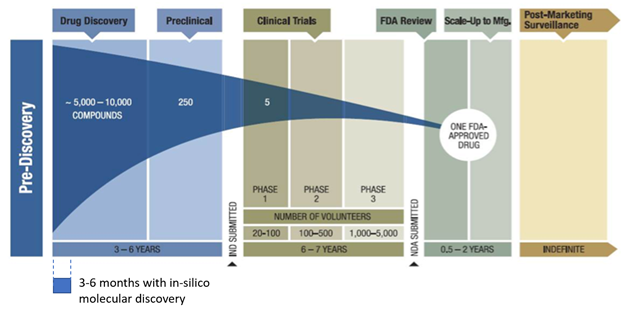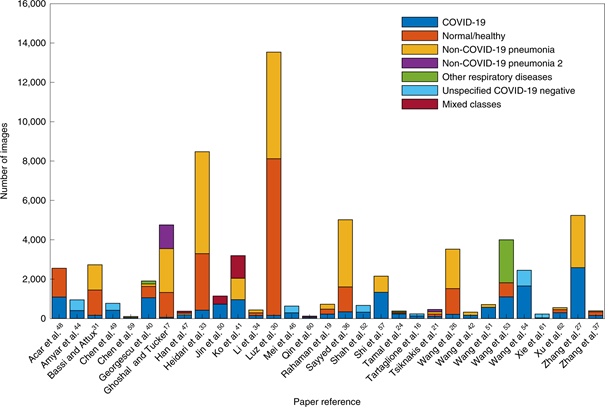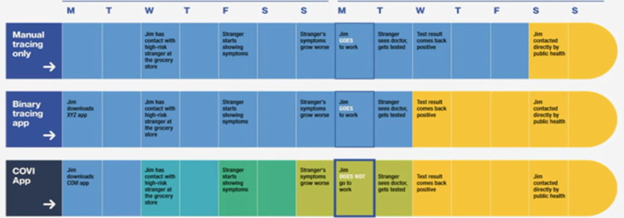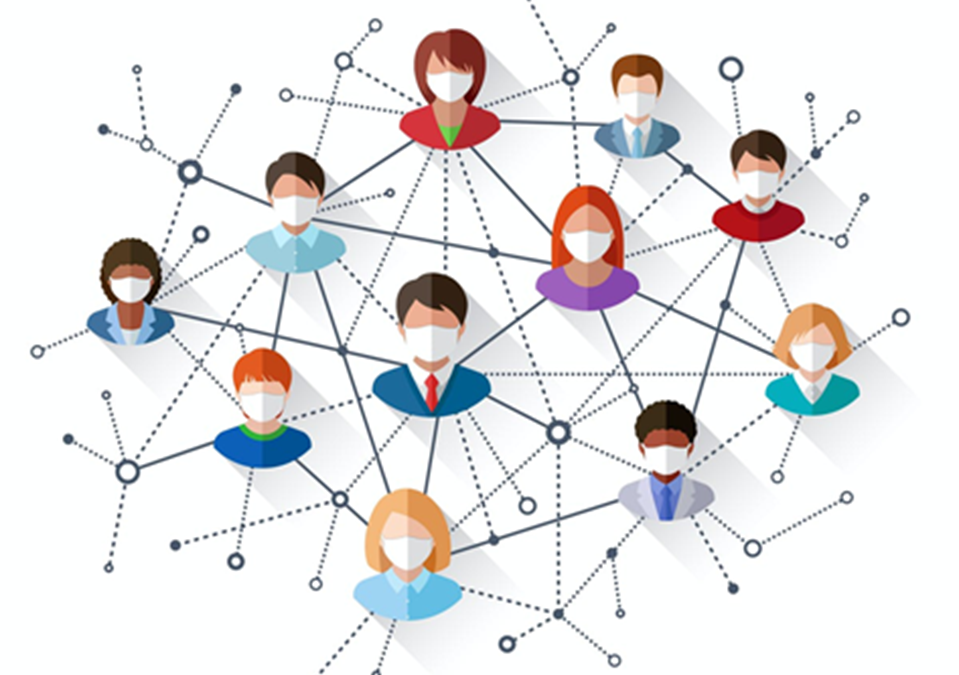Many scientists, including many machine learning experts, turned their attention to finding a cure for COVID-19 over the last couple of years. Machine learning experts offered their expertise in the most diverse areas to try to combat the pandemic, including accelerating drug discovery, automated radiology screening, and more accurate and faster contact tracing. in this article, we review the current state of the art in these areas.
Machine Learning in Drug Discovery
As the figure below shows, drug discovery is a lengthy process that includes three to six years spent in identifying drug candidates before another 7 to 10 years of clinical trials. The obvious place where machine learning can help is in the initial drug discovery process, where the thousands of candidate compounds could be screened in only three to six months in computer simulations (or ‘in-silico’) as opposed to the half-decade timeline it currently requires.

The second way in which machine learning experts can help is By generating drug compounds. Currently, pharmaceutical companies first try to grab the lowest hanging fruit, which is trying all existing drug compounds on the new disease (e.g., Covid-19). If none of those compounds work, they try to combine compounds. However, combining compounds into pairs takes the number of tests required from about 3,000 to about 9,000,000. Trying three compounds together takes this number to 18 billion. If machine learning could propose effective compounds, the number of candidates could be much lower.
Lung Screening for Covid
Machine learning experts also experimented with automating the recognition of COVID-19 infection in the lung by developing image recognition techniques. As the figure below shows many such machine learning models were proposed. A group of researchers analyzed many of these proposed models and concluded that “none of the models identified are of potential clinical use due to methodological flaws and or underlying biases.”

Specifically, reasons for this failure include
- the bias in small datasets;
- the variability of large internationally sourced datasets;
- the poor integration of multi-stream data, particularly imaging data;
- the difficulty of the task of prognostication; and
- the necessity for clinicians and data analysts to work side-by-side to ensure the developed AI algorithms are clinically relevant and implementable into routine clinical care.
The work in this area continues and the above problems will be addressed. Machine learning experts believe that it is only a matter of time before highly accurate image recognition models will be found.
Contact tracing with Machine Learning
The idea of contact tracing is to limit the spread of the virus by asking potentially infected individuals to self-isolate. The classical method includes manual tracing based on phone calls and interviews. The problem with this method is that
- it’s slow,
- people are slow to get tested after their symptoms first appear,
- there are people with asymptomatic infections,
- not all contacts are with known persons, and
- people can’t recall all the people that they met.
Unfortunately, COVID-19 is most contagious one to two days prior to symptoms appearing. At the same time, a test can only be done one to five days after symptoms appear. In addition, it may take up to two days to get the test results. In other words, there may be a delay of up to 9 days from the initial infection before infection is confirmed.
The figure below shows three scenarios of contact tracing. The top row shows the manual tracing scenario, the middle row shows the results of a binary tracing app, and the last row shows the hypothetical results of a probabilistic machine learning approach. The last row shows that people can be alerted with increasing amounts of probability measures telling them how likely it is that they have been exposed to the virus, as the changing colors show, significantly reducing the risk of exposure by more than a week as compared to the manual tracing scenario.

Machine learning estimators can aggregate weak clues, and warn a user about increased risk well before manual tracing would. Studies show that people change their behavior drastically and self-isolate as soon as they suspect they might be contagious.
Machine Learning Shows Promise Against COVID-19
As we have seen from the above, machine learning methods and techniques are still evolving in response to imminent health threats, but machine learning experts are rising to the challenge and showing promising initial results. To better understand current machine learning approaches to health care challenges, or for help with AI/ML strategy please contact Sidespin Group’s machine learning experts for guidance.

